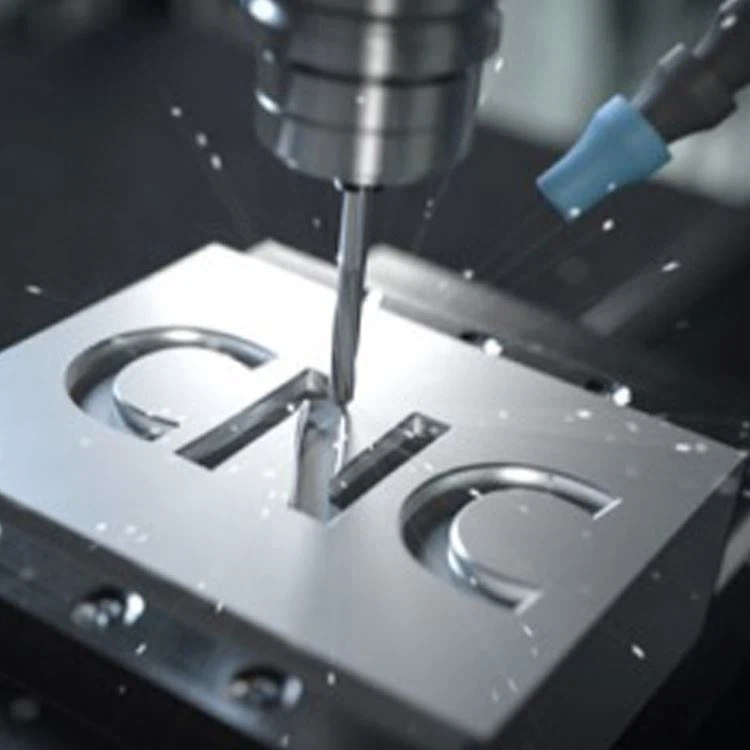Methods Of Reducing Radial Runout Of Milling Tool in CNC Vertical Machining Center
 2025-06-29| View:
2025-06-29| View: Use high strength tools
There are two main ways to increase the strength of the tools. First, the diameter of the tool bar can be increased. Under the same radial cutting force, if the diameter of the tool bar is increased by 20%, the radial runout of the tool can be reduced by 50%. Second, reduce the extension length of the tool. The greater the extension length of the tool, the greater the deformation of the tool during machining. When machining is in constant change, the radial runout of the tool will continue to change, resulting in the uneven machining surface of the workpiece. Similarly, if the extension length of the tool is reduced by 20%, and the radial runout of the tool will also be reduced by 50%.

The rake face of the tools shall be smooth
When using CNC milling machining centers, the smooth rake face can reduce the friction between chips and the tool, and can also reduce the cutting force on the tool, so as to reduce the radial runout of the tools.
Use reverse milling in finishing
During forward milling, the gap position between the lead screw and the nut changes, which will cause uneven feed of the worktable, resulting in impact and vibration, which will affect the service life of the machine tool and the cutting tool and the machining surface roughness of the workpiece. When useing reverse milling, the cutting thickness changes from small to large, the load of the tool also changes from small to large, and the tool is more stable during machining. Note that this is only used in finish machining, and forward milling is still used in rough machining, because the productivity of forward milling is higher and the service life of tools can be guaranteed.
Spindle taper hole and collet cleaning
The spindle taper hole and collet of CNC milling machining center shall be clean and free of dust and debris generated during workpiece processing. When selecting the processing tool, try to use the tool with short extension length. When loading the tool, the force should be reasonable and uniform, not too large or too small.
Use sharp tools
Select a larger tool rake angle to make the tool sharper to reduce cutting force and vibration. Choose a larger tool back angle to reduce the friction between the elastic recovery layer of the main tool back surface and the workpiece transition surface, so as to reduce the vibration. However, the front and back angle of the tool cannot be too large, otherwise the strength and heat dissipation area of the tool will be insufficient. Therefore, different tool rake angles and back angles should be selected in combination with specific conditions. During rough machining, they can be smaller, but during finish machining, in order to reduce the radial runout of the tool, they should be larger to make the tool sharper.
Use cutting fluid rationally
Use CNC milling vertical machining center cutting fluid rationally. The aqueous solution mainly for cooling has little effect on cutting force. The cutting oil mainly for lubrication can significantly reduce the cutting force. Due to its lubrication, it can reduce the friction between the rake face of the tool and chips as well as between the rake face and the transition surface of the workpiece, so as to reduce the radial runout of the tool.
The cutting volume should be set reasonably
If the cutting volume is too small, the machining slip will occur, resulting in the continuous change of the radial runout of the tool during machining, so that the machining surface is not smooth. If the cutting volume is too large, the cutting force will increase, resulting in large tool deformation. Increasing the radial runout of the tool during machining will also make the machining surface not smooth.

